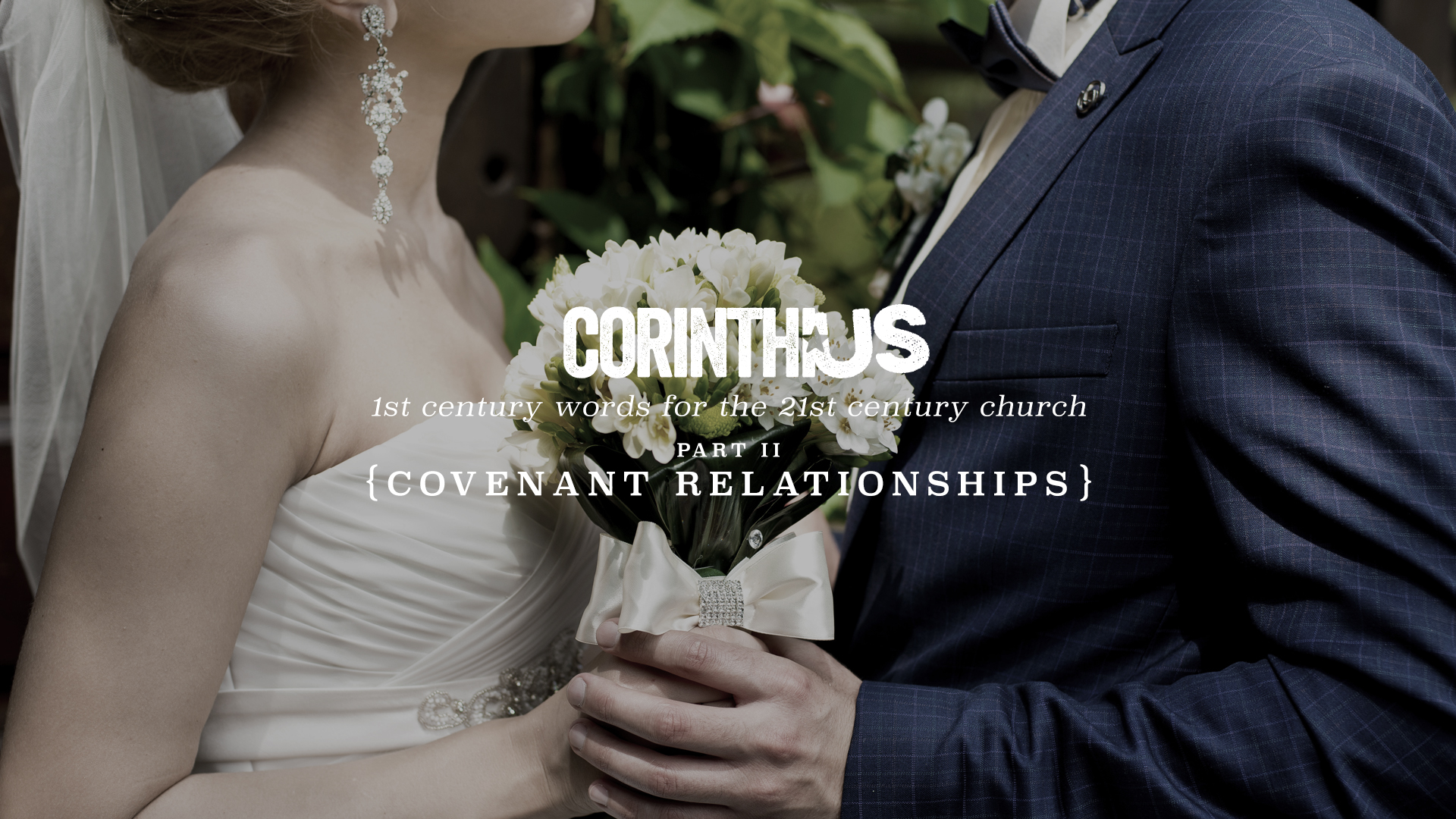How do you deal with problems?
Do you ignore them and hope they go away on their own?
Do you try to deal with them as quickly and painlessly as possible?
Do you tackle them head on?
Of course, it’s impossible to deal with a problem until you know you have one. Nobody cuts open a wall to fix a leaky pipe until water (or the smell of raw sewage) begins to seep out.
In Corinth, the church had quite a few problems. But as we will see in 1 Corinthians 5 this week, they had one problem they didn’t even know about. And it was impacting them in ways they couldn’t see in their closest, covenant relationships. Fortunately, Paul wants to help them–though they may not like his conclusions!
For us, the question remains: How do we deal with the problems we don’t even know we have?
Paul’s answer is exceedingly rare in our culture today, but it is essential.
Podcast
Podcast: Download (Duration: 45:50 — 52.4MB)
Downloads
Notes See It Be It Video Audio iTunesSEE IT // BE IT
(Weekly Community Group Discussion Guide)
Date: August 30, 2015 // Title: Who’s In? and Who’s Out?
Scripture: 1 Corinthians 4:17-5:13
SERMON REVIEW 5-10 minutes
ARRIVAL / SOCIAL TIME 15-20 minutes
Spend the first 15 minutes or so of your time together catching up and socializing with one another. Also find time to catch up together on how the assignments from last week turned out.
SERMON REVIEW 5-10 minutes
In Corinth, the church had quite a few problems. This week we wrapped up Paul’s essay on unity and moved into the next essay- covenant relationships. There was a crisis in the community that contaminated it and affected how the Corinthians interacted with the community on the outside of their core group. Jon reminded us of Matthew 18, which is the guide when a brother persists in sin: 1. Go to the brother one-on-one 2. Take one or two brothers with you 3. Tell it to the church 4. Treat him as a tax collector 5. Release him in forgiveness.
THE MAIN THOUGHT: (keep this in mind as you facilitate discussion)
When it comes to covenant community life, relationship defines the rules–rules don’t define the relationship.
SEE IT – Questions 10–15 minutes
Picture: What was the core that held the Corinthians together? What was the power? What do you think of when you think of family? How is the church a family? What are the positive aspects of the church being family?
Mirror: What kind of community does God want us to be? Who is at the center of my life? In what direction am I moving (toward or away from the center)? What does that look like? How do you know when you’re walking away from that center?
Window: What happens when the behavior of someone in the community goes against God? What gives us guidance to walk through those situations? What does a “bounded set” church look like? What does a “centered set” church look like? How do they behave differently? (reference The Category ‘Christian’ in the Missionary Task by Paul G. Heibert)
BE IT – Practice
Change UP // Exercise 10 minutes
Start with a full minute of silence. Listen for any words that God wants to speak to your heart. Also think about what three words describe your relationship with Christ? Take a moment to go around the group and share those words.
Change IN // Group Activity 10 minutes
We are called to relationship with God, which defines all other relationships that we have. Think of your close community (oikos). Individually come up with two or three words to describe your oikos. After a couple of minutes, share the words you thought of. See which words come up more than once, and discuss how those words reflect living a “centered set” life and journeying toward Christ (who is the center).
Change OUT // Life Application Assignment 10 minutes
As a group, come up with three words you hope the neighborhood/network around you would use to describe your community. Brainstorm ways to live out those words/ideas in front of those around you!
CLOSING PRAYER 5 minutes
Take a few minutes to gather any prayer requests and pray for each other to SEE IT and BE IT this week.

